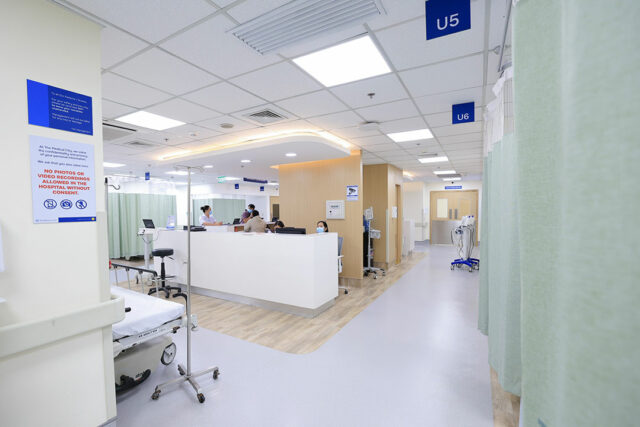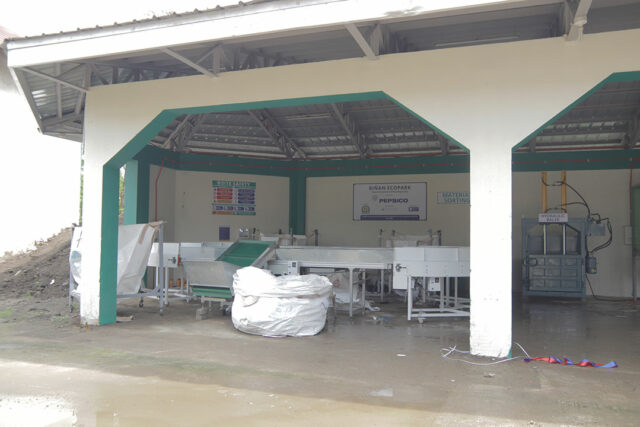WITH JUST 10 days to go until President Donald J. Trump’s country-specific tariffs are set to resume, the White House appears poised to fall short of the sweeping global trade reforms it promised to achieve during the three months they were on hold.
Agreements with as many as a dozen of the US’s largest trading partners are expected to be completed by the July 9 deadline, top Trump advisers have said over the past week. But if Mr. Trump’s only two other accords, with China and the UK, offer any indication, the pacts likely won’t be fulsome deals that resolve core issues, but instead will address a limited set of topics and leave many specifics to be negotiated later.
“I would expect the White House will announce some number of frameworks that it’s going to call trade deals, but do not meet anyone’s ordinary understanding of that term,” said Tim Meyer, a professor at Duke University law school who specializes in international trade.
For dozens of other countries that don’t reach deals — but were hit by Mr. Trump’s higher tariff on April 2 — the president has threatened to impose new duties above the 10% baseline that has been in place during the negotiating period. Those would mostly be “smaller trading partners,” Treasury Secretary Scott Bessent said Friday on CNBC.
Mr. Trump and his advisers have left investors on edge ahead of July 9, offering cryptic signals about which countries were close to agreements and which were off track. The outcome will help determine the future of Mr. Trump’s trade agenda — one of the centerpieces of his 2024 campaign — with high stakes for the global economy and America’s relationships with allies and adversaries alike.
Even with those high stakes, it was still unclear whether the administration would hold firm on the deadline or extend it to allow more time for talks.
Mr. Bessent on Friday said about 20 countries that don’t reach deals by next Wednesday could continue negotiating but would see their tariff rates reverted to the higher April 2 rate or stay at 10% if they are deemed to be “negotiating in good faith.”
But hours later, Mr. Trump reiterated his threat to unilaterally set tariff rates for countries — even saying he could do so even before July 9. The US will not broker individual deals with hundreds of nations, Mr. Trump said.
“We can do whatever we want,” Mr. Trump said during a White House press conference. “I’d like to just send letters out to everybody. ‘Congratulations. You’re paying 25%.’”
Later, the president abruptly announced on social media he was terminating trade talks with Canada over its digital services tax and threatened to set a new tariff within a week on the second-largest US trading partner. It’s a move that could also be interpreted as a warning shot to other leaders Mr. Trump sees as out of line.
Canada has withdrawn its digital services tax on technology companies such as Meta Platforms, Inc. and Alphabet, Inc. in a move to restart trade talks with the US.
The rapid-fire statements served as yet another reminder for foreign governments of just how sudden the president’s policy swings can be.
The frenzied final days before the deadline featured leaders lobbying the president, delegations traveling to Washington and Mr. Trump and his aides offering mixed messages about how negotiations will be resolved.
The US is nearing agreements with some economies, including Taiwan and Indonesia, according to a person familiar with the discussions. Pacts with Vietnam and South Korea are also possible, the person said.
Mr. Trump himself has repeatedly teased a deal with India, as negotiators met last week in Washington to break a deadlock over key issues. And both the US and the European Union (EU) have grown more optimistic about reaching agreement.
Commerce Secretary Howard Lutnick told Bloomberg Television last week that there will be some “top 10 deals” done with major economies by the July date.
“We’re going to do top 10 deals, put them in the right category, and then these other countries will fit behind,” Mr. Lutnick said.
“My sense is the White House will potentially give a delay for some countries if they are negotiating in good faith or earnestly,” said Clark Packard, a research fellow who focuses on trade at the libertarian Cato Institute. “I do think some deals will be struck and some won’t. I do think some countries will retaliate.”
While Mr. Trump’s approach may win him some concessions from trading partners, the erratic effort has injected uncertainty into the financial markets, and created anxiety for domestic businesses. The lack of clarity around the deadline heightens the tension.
Mr. Trump entered office vowing to reduce US trading deficits and boost domestic manufacturing and has made his tariff agenda the linchpin of his effort to reshape global trade flows. He unveiled higher tariffs in April, but quickly halted them after markets panicked over investor fears they could trigger a global recession.
For months, Mr. Trump and his aides have promised that numerous deals are coming — notably trade adviser Peter Navarro said in April that “90 deals in 90 days” was the target.
Not only is the president likely to fall short of that number, the deals that have been made have included cautionary tales for other negotiating partners.
The UK entered its framework expecting duties on metals imports to fall to zero, only to see the US keep 25% levies on steel and aluminum with a promise to broker a future quota systems. Rare earths shipments that Mr. Trump said China agreed to resume quickly in a round of talks in London have yet to fully materialize.
Some partners, including Japan, India and EU, have balked at signing deals without knowing how badly they’ll be hit by separate levies on exports including chips, drugs and commercial aircraft. The US Commerce department will announce the results of probes into some of those sectors in the coming weeks, which could lead to levies.
There is also uncertainty about the legality of the tariffs as a legal battle plays out over Mr. Trump’s use of emergency powers to impose the levies. The US Court of International Trade ruled in May that the majority of the tariffs were issued illegally and ordered them blocked, but an appeals court has allowed them to remain in place until it hears the case in late July.
While Mr. Trump’s threats have unsettled the world, his practice of making sweeping tariff threats — only to back down later — has signaled to other world leaders even modest concessions can secure retreats. Investors have grown so used to the pattern they’ve adopted the acronym “TACO” — or “Trump Always Chickens Out” — to describe the phenomenon.
And for Mr. Trump, who has long promoted himself as a dealmaker, reaching the agreements is often as important — if not more so — than their substance. He favors quick deals and has grown openly impatient with the drawn-out process.
Voters have been less receptive to Mr. Trump’s approach. A Quinnipiac University poll, conducted from June 5-9, found 57% of voters disapproved of his handling of trade. — Bloomberg












